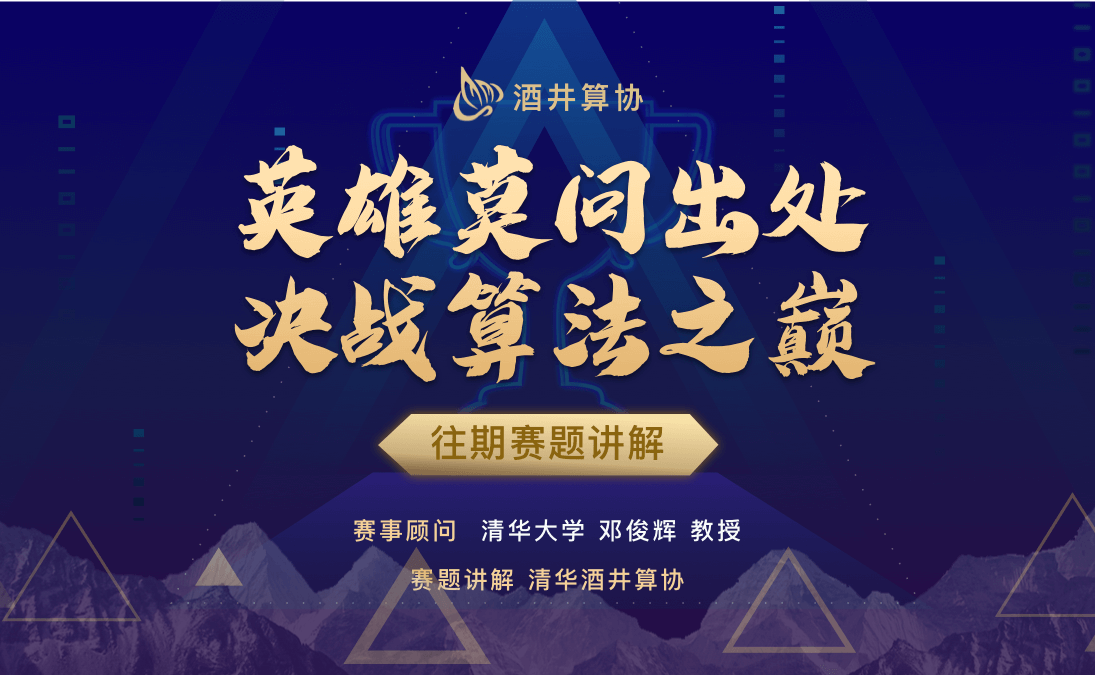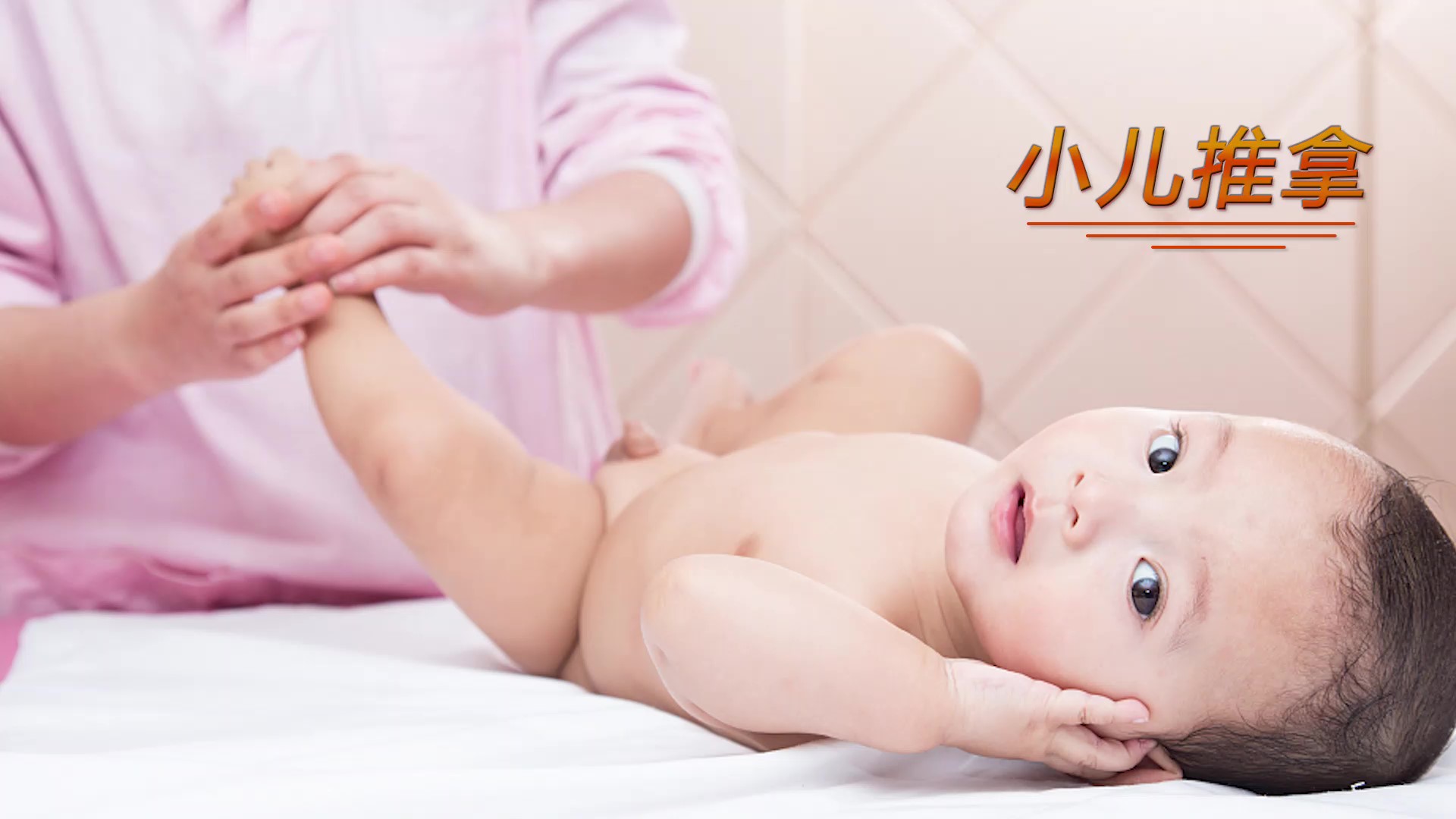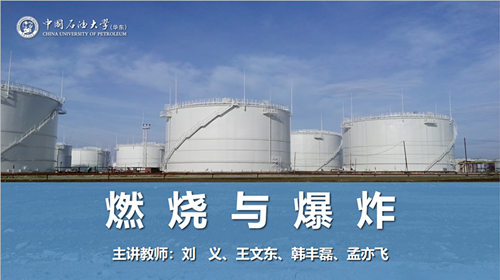
当前课程知识点:Chinese Ceramics > Unit 15 Colorful Cloisonné > 15.3 The Problems Facing the Inheritance of Cloisonné > 15.3 The Problems Facing the Inheritance of Cloisonné
返回《Chinese Ceramics》慕课在线视频课程列表
大家好,欢迎来到课堂
今天我们来谈谈
景泰蓝继承面临的问题
20世纪80年代
在国内最大的景泰蓝工厂政府
北京工艺美术厂的扶持下,景泰蓝的经营状况良好
国内外客户
不断前来购买
然而在国内外
景泰蓝制造商的价格战失败后
中国的景泰蓝工厂几乎绝迹
虽然农村仍有
一些景泰蓝生产工厂
但规模小,质量粗糙
景泰蓝的传承似乎是无望的
张师傅作为“景泰蓝生产的第一人”
下定决心挽救这一惨淡局面
他召集了北京工艺美术厂的老同事们来开办工厂
生产景泰蓝
然而,复杂的过程
和高成本使得他们的目标
仅限于少数消费者
没有了政府的支持
就只剩下张师傅软弱无力
没有有力的手段
因此,作为中国传统文化的精华
景泰蓝在自身发展过程中
面临着不可计数的困难
景泰蓝难以继承的原因是什么
笔者认为造成景泰蓝
传承问题的原因有以下几点
国家不再包销,没有国家的支持
制造商很难找到市场
由于景泰蓝的生产
使用了天然矿物、宝石、贵金属等
其价格必然昂贵
在工艺流程上
对复杂的金银丝、点蓝、烧制工艺要求非常严格
且需要耗费大量人力
这两个原因导致了公众无法接受的价格
因此,目标客户非常有限。对吗
当然
还有其他原因吗
由于对象的限制
师傅们无法集中精力
进行景泰蓝的创作和研究
在工艺的传承上
也遇到了很多障碍
没有足够的资金支持
由于营销背景的考虑
工艺大师很容易受到艺术创作的束缚
这样一来
景泰蓝的艺术价值势必大幅下降
对景泰蓝的发展将是灾难性的
由于成本、销售等因素的影响
现在在景泰蓝的生产中
师傅们很少使用金、银
等贵重金属材料
此外,还没有找到
合适的釉料替代材料
因此,市场上的景泰蓝手工艺品
存在很大的差距——价格便宜
制作粗制滥造
没有收藏和审美价值
而工艺精湛的作品价格昂贵
很难被大众所接受
因此,景泰蓝正在远离现代人的生活
景泰蓝手工艺品被大量生产
复杂的图案和色彩不再受到人们的青睐
取而代之的是
简洁时尚的款式占据着人们的审美
价格高,实用性低的工艺品
很难激起消费者的购买欲望
因此
景泰蓝工艺品很难融入现代人的生活
然而,随着中国几千年的发展
以及景泰蓝巨大的发展前景
我们必须考虑如何为景泰蓝工艺找到出路
感谢邱老师今天为我们介绍这么多知识
今天的课就到这里
感谢观看,下次再见
-1.1 Introduction
-1.2 Ceramics in Neolithic, East Han and Wei-Jin Dynasties
--Ceramics in Neolithic, East Han and Wei-Jin Dynasties
-1.3 Sui and Tang dynasties and Song Dynasty ceramics
--Sui and Tang dynasties and Song Dynasty ceramics
-1.4 Ming and Qing Dynasties
-Unit 1 test
--Unit 1 test
-Discussion questions
-2.1 The Unique Chinese Ceramic Culture
--The Unique Chinese Ceramic Culture
-2.2 The Historical Development of Chinese Ceramic Making
--The Historical Development of Chinese Ceramic Making
-2.3 Chinese Ceramic Shape Art
-2.4 Chinese Ceramic Painting Art
--Chinese Ceramic Painting Art
-2.5 Chinese Ceramic Folk Stories
--Chinese Ceramic Folk Stories
-Unit 2 test
--Unit 2 test
-Discussion questions
-3.1 CeramicCulture and the Zodiac
--CeramicCulture and the Zodiac
-3.2 The heritage of traditional ceramic culture
--The heritage of traditional ceramic culture
-3.3 The development and innovation of ceramic art
--The development and innovation of ceramic art
-Unit 3 test
--Unit 3 test
-Discussion questions
-4.1 Gorgeous Colored Pottery
-4.2 The Method of Making Colored Pottery
--The Method of Making Colored Pottery
-4.3 Primitive Colored Pottery Ⅰ
-4.3 Primitive Colored Pottery Ⅱ
-4.3 Primitive Colored Pottery Ⅲ
-4.4 Black Earthenware
-4.5 White Pottery and Primitive Porcelain
--White Pottery and Primitive Porcelain
-Unit 4 test
--Unit 4 test
-Discussion questions
-5.1 Terracotta Warriors in Qin Dynasty
--Terracotta Warriors in Qin Dynasty
-5.2 Potteries in Han Dynasty
-Unit 5 test
--Unit 5 test
-Discussion questions
-6.1 Dragon kiln and Celadon
-6.2 Yue Kiln and Wuzhou kiln
-6.3 Deqing Kiln and Ou kiln
-6.4 Longquan Wares
-6.5 Yaozhou Wares
-Unit 6 test
--Unit 6 test
-Discussion questions
-7.1 Tang Tri-Colored Pottery
--7.1 Tang Tri-Colored Pottery
--7.1 Tang Tri-Colored Pottery
-7.1Tang Tri-Colored Pottery
--7.1 Tang Tri-Colored Pottery
--7.1 Tang Tri-Colored Pottery
-Discussion questions
-Unit 7 test
--Unit 7 test
-8.1 The flourishing age of the Song Dynasty
--8.1 The flourishing age of the Song Dynasty
-8.2 The flourishing age of the Song Dynasty
--8.2 The flourishing age of the Song Dynasty
-8.3 Ding Wares
-8.4 Ru Wares
-8.5 Guan Wares
-8.6 Ge Wares
-8.7 Jun Wares
-Discussion questions
-Unit 8 test
--Unit 8 test
-9.1 Reasons for the maturity of Qinghua porcelain in Yuan Dynasty
--9.1 Reasons for the maturity of Qinghua porcelain in Yuan Dynasty
-9.2 The Invention of Blue-and-white Porcelain in the Tang Dynasty
--9.2 The Invention of Blue-and-white Porcelain in the Tang Dynasty
-9.3 Fine China Ware became the Symbol of ChinaⅠ
--9.3 Fine China Ware became the Symbol of ChinaⅠ
-9.3 Fine China Ware became the Symbol of ChinaⅡ
--9.3 Fine China Ware became the Symbol of ChinaⅡ
-9.3 Fine China Ware became the Symbol of ChinaⅢ
--9.3 Fine China Ware became the Symbol of ChinaⅢ
-9.4 The charm of QinghuaⅠ
-9.4 The charm of QinghuaⅡ
-9.4 The charm of QinghuaⅢ
-Discussion questions
-10.1 Da Ming Wucai
-10.2 Wooden engravings influence on Wucai porcelain
--10.2 Wooden engravings influence on Wucai porcelain
-10.3 Kangxi Wucai
-10.4 Liling Under-glaze multicolored porcelainⅠ
--10.4 Liling Under-glaze multicolored porcelainⅠ
-10.4 Liling Under-glaze multicolored porcelainⅡ
--10.4 Liling Under-glaze multicolored porcelainⅡ
-Discussion questions
-11.1 The advent of Fencai
-11.2 Fencai Porcelain in the Yong zheng period
--Fencai Porcelain in the Yong zheng period
-11.3 Fencai Porcelain in the Qianlong Period
--Fencai Porcelain in the Qianlong Period
-Discussion questions
-13.1 Zisha-pottery
-13.2 The Zisha Teapot
-13.3 The Zisha tea set in the Ming Dynasty
-Discussion questions
-14.1 Development of Contemporary Chinese ceramic art
--14.1 Development of Contemporary Chinese ceramic art
-14.2 The internationalization trend of Chinese modern ceramics
--14.2 The internationalization trend of Chinese modern ceramics
-14.3 A new style of contemporary ceramic art Ⅰ
--14.3 A new style of contemporary ceramic artⅠ
-14.3 A new style of contemporary ceramic art Ⅱ
--14.3 A new style of contemporary ceramic art Ⅱ
-14.4 The Trade of the Artisans Ⅰ
--14.4 The Trade of the Artisans Ⅰ
-14.4 The Trade of the Artisans Ⅱ
--14.4 The Trade of the ArtisansⅡ
-Discussion questions
-15.1 Unique Cloisonné technique
--15.1 Unique Cloisonné technique
-15.2 The Craftsmanship and Development of Cloisonné
--15.2 The Craftsmanship and Development of Cloisonné
-15.3 The Problems Facing the Inheritance of Cloisonné
--15.3 The Problems Facing the Inheritance of Cloisonné
-15.4 The inheritance and development of Cloisonné
--15.4 The inheritance and development of Cloisonné
-Unit 15 Test
--Unit 15 Test
-Discussion questions
-16.1 Appreciation of Chinese ceramics
--16.1 Appreciation of Chinese ceramics
-16.2 Explore the origins of ancient ceramics Ⅰ
--16.2 Explore the origins of ancient ceramics Ⅰ
-16.2 Explore the origins of ancient ceramics Ⅱ
--16.2 Explore the origins of ancient ceramics Ⅱ
-Unit 16 Test
--Unit 16 Test
-17.1 Traditional Chinese Decorative Patterns
--17.1 Traditional Chinese Decorative Patterns
-17.2 Application of Traditional Chinese decorative patterns in ceramics
--17.2 Application of Traditional Chinese decorative patterns in ceramics
-Unit 17 Test
--Unit 17 Test
-Discussion questions



